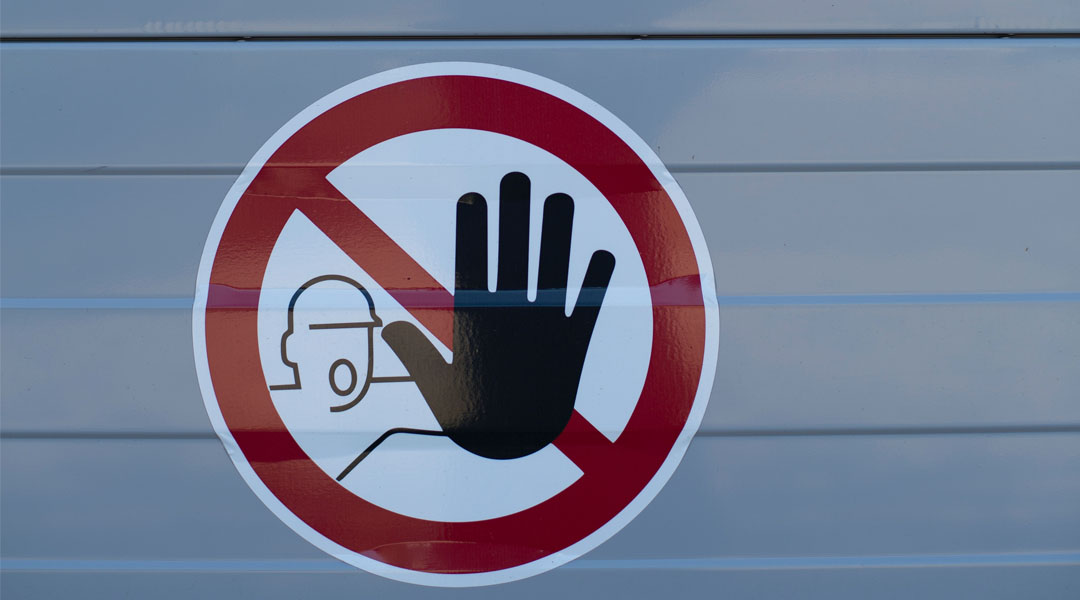To those unfamiliar with the concept, brain-to-brain coupling might sound like a form of telepathy, but it’s actually a well-known phenomenon in neuroscience. It occurs when the brain activities of two or more people become synchronized during an interpersonal interaction, such as a verbal conversation or hand-holding. When we say that we’re “on the same wavelength” with someone, this is really what we mean.
When individuals are exposed to the same external stimulus, like an action-adventure movie, brain-to-brain coupling can also arise. In this case, viewers’ brains exhibit similar activity patterns in response to certain scenes that evoke a particular thought or emotion. In fact, some filmmakers use neurocinematics, the application of neuroscience to cinema, to influence the brain activity of audiences and even enhance their engagement and approval.
Indirectly learning by observing or listening to other people is known as social learning, and researchers at the Karolinska Institute in Stockholm, Sweden, have previously found that fear vicariously learned through social media or the news influences our decision-making just as much as our own first-hand experience.
“We know that anxiety and maladaptive fears — core features of many psychological disorders — are commonly transmitted between individuals through social learning,” Andreas Olsson, a professor of psychology at Karolinska Institute, explained.
“Brains synchronize between people who learn fear from each other, and the stronger the alignment, the better the learning.”
Interested in how social status might affect this alignment, Olsson and his colleagues at the University of Vienna, University of Birmingham, and Zhejiang University designed an experiment to determine how it influences our ability to learn threats vicariously. Their study is the first to consider status, which affects many aspects of our social lives, in this type of learning.
The research team hoped that by elucidating the neural and psychological mechanisms underlying threat learning, they could better understand the etiology of certain psychological disorders and potentially devise helpful social interventions.
Social status is connected with empathy, that is, our ability to understand the emotional state of another person. According to the “low-status benevolence” hypothesis, people empathize more strongly with low-status individuals, while possibly even experiencing schadenfreude—feeling joy in response to the misfortune of others — toward high-status individuals.
On the other hand, the “high-status skillfulness” hypothesis predicts that individuals with a higher social standing are perceived as more skilled than those of lower status, so they should be considered more reliable than low-status individuals when it comes to gauging and reacting appropriately to a threat.
To determine which of these two hypotheses governs threat learning, Olsson and his colleagues used a non-invasive brain-scanning technique called magnetoencephalography (MEG) to measure the brain activities of observers and demonstrators. The advantage of MEG is its very high time resolution (on the order of milliseconds), allowing for the measurement of brain-to-brain coupling in real time.
To manipulate social status, observers were given a math test. Regardless of how well they performed on the test, they were told that their demonstrator either performed better or worse than them, corresponding to a relative higher or lower social status. Three demonstrators were randomly assigned to twenty observers, forming sixty demonstrator–observer dyads, or pairs. Both groups were naïve to the purpose of the study.
The demonstrators underwent a Pavlovian threat conditioning task that involved viewing images of various geometric shapes, some of which were accompanied by an electric shock to the wrist. The whole procedure, including the demonstrators’ reactions to the electric shock, was filmed and later presented to the observers, who never interacted directly with the demonstrators.
How well the observers learned which stimulus predicted shock was tested firsthand after watching the video of their demonstrator. Brain activity, attention (through eye-tracking), and defensive responses of both the demonstrators and observers were recorded throughout the conditioning, learning, and testing sessions.
Based on the data, the researchers concluded that learning from a low-status demonstrator was more effective than learning from a high-status demonstrator. This finding supports the low-status benevolence hypothesis and demonstrates that brain-to-brain coupling depends on how observers perceive their social status relative to the demonstrator.
“We believe that this improved learning resulted from stronger affective empathy with, and more attention to, the defensive responses of low-status demonstrators,” Yafeng Pan, another researcher who helped lead the study, stated.
Although the researchers believed that their social manipulation strategy based solely on an intellectual task was effective, perceived social status is likely more nuanced in reality. Combining an intellectual activity with a physical competition such as arm wrestling or tug of war could potentially reinforce social ranking in the eyes of the observer.
Pan speculated that observational learning might also be affected by gender, but “we lacked a sufficient number of observers from each gender to explore its role,” he said.
Nevertheless, Olsson hopes that clinicians will be able to use this knowledge to foster both empathy and information transfer with their patients.
In the meantime, the researchers are experimenting with multi-brain stimulation.
“As a new application, we recently stimulated two brains simultaneously, manipulating brain-to-brain coupling, and measured the resulting behavioral effects in social learning,” Pan shared. “Multi-brain stimulation augmented learning performance, which could potentially lead to a new technological era of transformative applications in pedagogy and psychiatry.”
“Another future direction,” Pan elaborated, “could be extending the study to examine how brain-to-brain coupling predicts later decision-making in instrumental learning tasks, and how such brain-to-brain coupling could be biased by perceived social status as well as other individual features.”
Reference: Yafeng Pan, Andreas Olsson, et al., A brain-to-brain mechanism for social transmission of threat learning, Advanced Science (2023). DOI: 10.1002/advs.202304037
Feature image by Markus Spiske on Unsplash

















